Living “In self-correction”. Is it possible?
First of all, what is self-correction?
Kids who have scoliosis and perform SEAS exercises regularly know well what it is.
Scoliosis modifies the physiological position of the column and causes a deformity in the three planes of space.
Seen from behind, there is that curve that is easily recognizable in radiographies: the spine, instead of being straight, bends to the side.
Seen in profile, the curves that are normally present (lumbar lordosis, dorsal kyphosis, cervical lordosis) and which guarantee elasticity and the ability to absorb the recoils, are modified, often diminishing: those who have scoliosis usually seem more straight than the other kids. Finally, seen from above, the column rotates on itself, making the so-called “hump” come out, which is nothing but a part of the ribs or back muscles that move backwards to the side. Practically back, while bending sideways, twists. All these changes result in a loss of height.
Self-correction is a correction of all these anomalies. The goal is to take back the spine where it should be if there was no scoliosis, in a physiological position.
Self-correction allows the patient to achieve greater symmetry and a more well-balanced back in the sagittal plane.
Acquiring the technique from the outset and applying it as often as possible in daily life should be the goal.
The movements that make up the self-correction have strange names: translation… derotation… kyphotisation… antigravity support…
At the beginning, performing them is as difficult as pronouncing them. Still, starting with a good awareness of your body and your deformity in space, you gradually become confident, and kids manage to “unroll” their column by straightening it in a few tenths of a second.
It is the self-correction that makes every single scoliosis-specific exercise effective, because without it every exercise would be devoid of the therapeutic purpose, thus becoming a simple sport exercise.
The difficult thing for physiotherapists is not so much choosing the most suitable exercises, but the best self-correction for that particular kid in that moment of his growth and his therapy. Unfortunately, a poorly chosen, poorly adapted, poorly performed self-correction, could even make the exercises harmful.
As soon as kids learn how to perform their self-correction in the exercises, the therapist begins to ask them something that seems difficult to achieve: maintaining this correction in everyday life.
The first step is to do it here and there during the day: it is suggested to remember it for example at the sound of the bell at school, in the elevator, walking… Slowly, one is simply asked never to relax completely, until he accomplishes to live in self-correction.
But… is it possible?
Many kids confirm that it is possible, so much so that towards the end of the therapy many say: “Relaxing on the side of the curve annoys me, I don’t feel right on that side…”.
At this point, the most important goal of the therapy has been achieved, and the back of these kids will remain stable, without the risk of starting to bend again during adulthood.

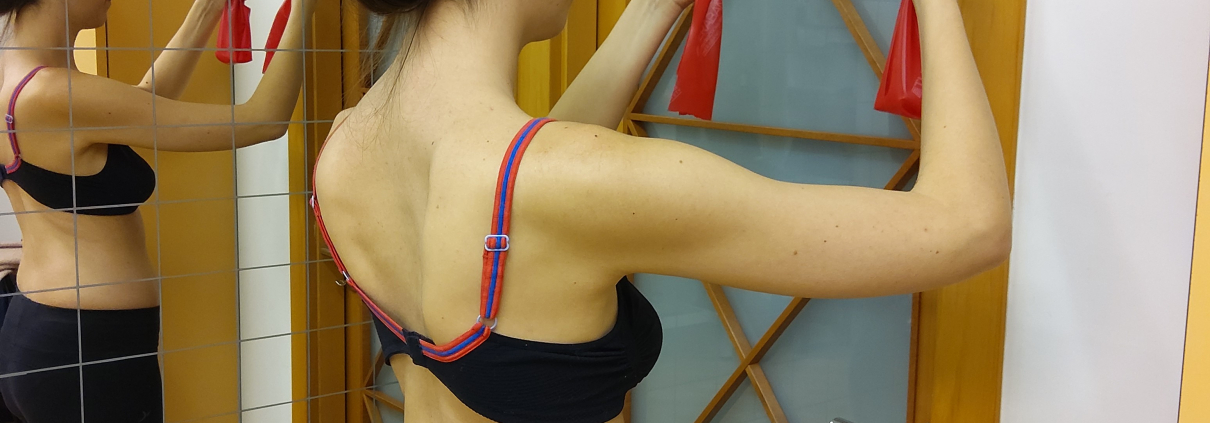
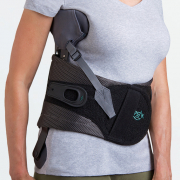

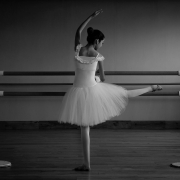
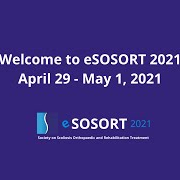
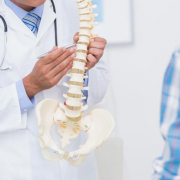

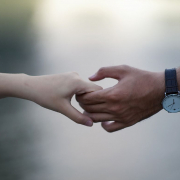
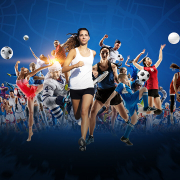


Leave a Reply
Want to join the discussion?Feel free to contribute!